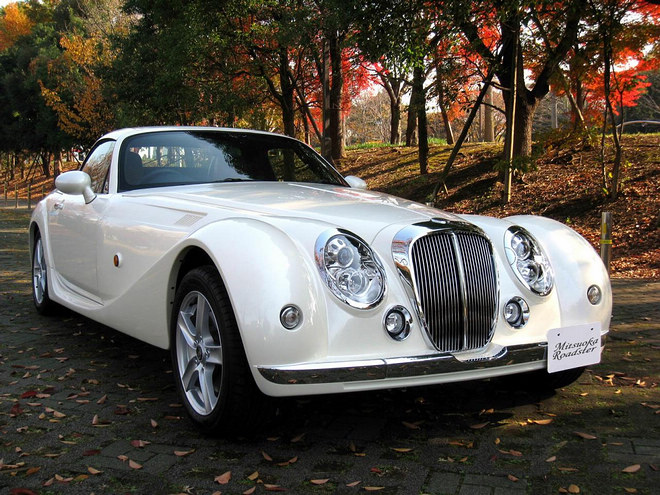
The gears in a car are an important feature that must not be ignored when thinking about how does a gearbox work. Gears and clutches are used to transfer power from one direction to another. When you accelerate your car, the clutch does a quick transition allowing the gear to close early. As the speed rises, the clutch opens and the gears are used more effectively to make the maximum acceleration possible. Gears have been used to this end, ever since man first started modifying automobiles.
Gearboxes have many different mechanisms in them depending on what type of vehicle it is and what function they will play. In general a gearbox works by engaging and disengaging the drive train. The gears are either directly or indirectly coupled to the torque converter. The torque converter is responsible for the power transmission between the transmission and the wheels.
Most modern day gearboxes are characterized by their shafts being made from cast iron. This makes them strong and durable, but also a lot lighter in comparison to traditional gears. Cast iron also ensures that the gearboxes last a long time. There are many different types of engines in most cars today that have gearboxes, but most of these engines utilize the same components: belt, transmission, clutch and drive shafts.
How does a gearbox work? When a vehicle is driven, it rotates at a definite speed dependent on the driving instructions from the driver. The output shaft of the gearbox connects to a series of gears at the rear of the engine. These gears, coupled with output shaft and clutch, form the torque converter. The torque converter distributes force among the drive train, transmission and clutch.
A manual gearbox works very similarly to how an automobile engine functions. There is a series of wheels on either side of the engine, and a crank shaft connecting the wheels to the rest of the gearbox. The power transmission from the engine to the wheels is then carried through a series of gears and rollers through the transmission. As the power reaches the transmission, it forces the wheels to rotate, thus producing torque transfer.
Gears, such as lower and upper case, engage and disengage while the car is being driven, and the transmission fluid moves back and forth between the engine and wheels through the transfer case. There are two types of gearbox transmissions available today. The first is known as a wet-sump gearbox which has a water pump that feeds hydraulic fluid directly into the transfer case via a leaky hose. The other type is dry-sump gearbox which has a dry chain and piston-style transfer case.
How does a gearbox work in reverse? The drive train, or transmission, rotates the wheels, and the crankshaft guides the transmission fluid to the transfer case. The torque of the engine adds to the power of the transmission to move the wheels. To change gears, you have to reverse the gears by engaging the opposite gear.
How does a gearbox work in a Ford Fusion? The Ford Fusion has some of the most advanced technology in the industry when it comes to gearboxes. The Ford Fusion features an active clutch, high-performance transmission shafts, and variable transmission control. This makes the Ford Fusion among the most technologically advanced vehicles on the market.
The Ford transmission shafts feature variable torque and speed-limited transmissions. Variable-torque and speed-limited transmissions let the driver take charge of gears changes. If you need more power, you can increase the speed limit for your gearbox. This helps you get more horsepower out of your vehicle.
How does a gearbox work in a truck? In general, a truck features three types of gears; forward, reverse, and neutral. Truck drivers use a variety of gear changes to get the job done; therefore, they also need to know how does a gearbox work in trucks. Trucks usually have three different types of drive chains: wound, open, and planetary.
How does a gearbox work in an automatic transmission? Gears are enclosed within a housing and are powered by an electric motor. To control speed or torque, the driver uses a clutch pedal. Clutch pedals in automatic gearboxes are operated via electric motors, electronic signals, and clutch lever rotors. The electric motor allows the driver to control gear changes. Most automatic gearboxes come with a safety switch that stops the engine if the clutch pedal is accidentally pressed.
